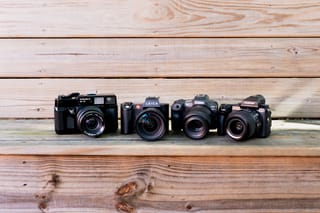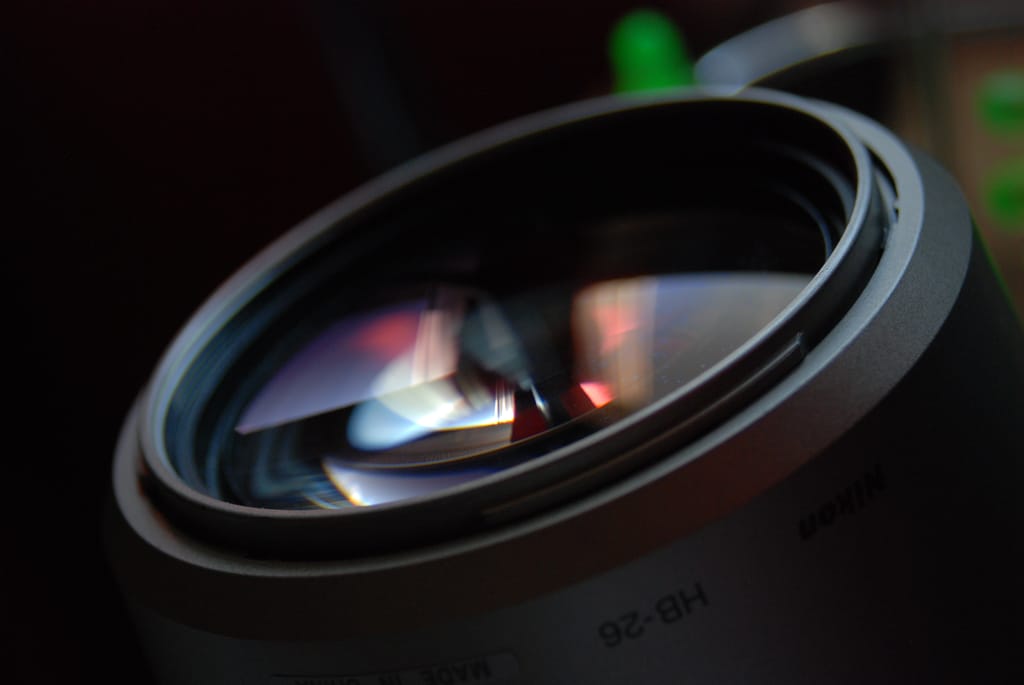
Think of the photographs that changed the world. Take a minute to really remember that one photograph that really wowed you with the way it portrayed the subject. Odds are that it wasn’t taken with a mirrorless camera.
I’m not against mirrorless systems by any means. Heck, I adore my Sony E-mount camera. However, they’re relatively new to the photography game, and they’ve still got some ground to cover before they completely take over the crown from the market-favorite DSLR.
Of course, photography isn’t all about the camera bodies. A great lens can make or break a picture. Let’s take a look at some DSLR lenses that—as of today, anyway—are still outshooting any mirrorless lens available.

Sigma 18-35mm f/1.8 Art for APS-C
Made for APS-C sensors, this revolutionary lens is the first of its kind, offering a previously-unheard-of f/1.8 aperture in a wide-to-standard zoom. Where most standard zoom lenses top out around f/2.8, this glass pushes one and 1/3 stop further to give better performance in low light and more depth-of-field options.
There aren’t any mirrorless lenses currently that go this wide with an aperture this large. Best of all, Sigma offers this lens in many different mount options, including Pentax & Sony Alpha.
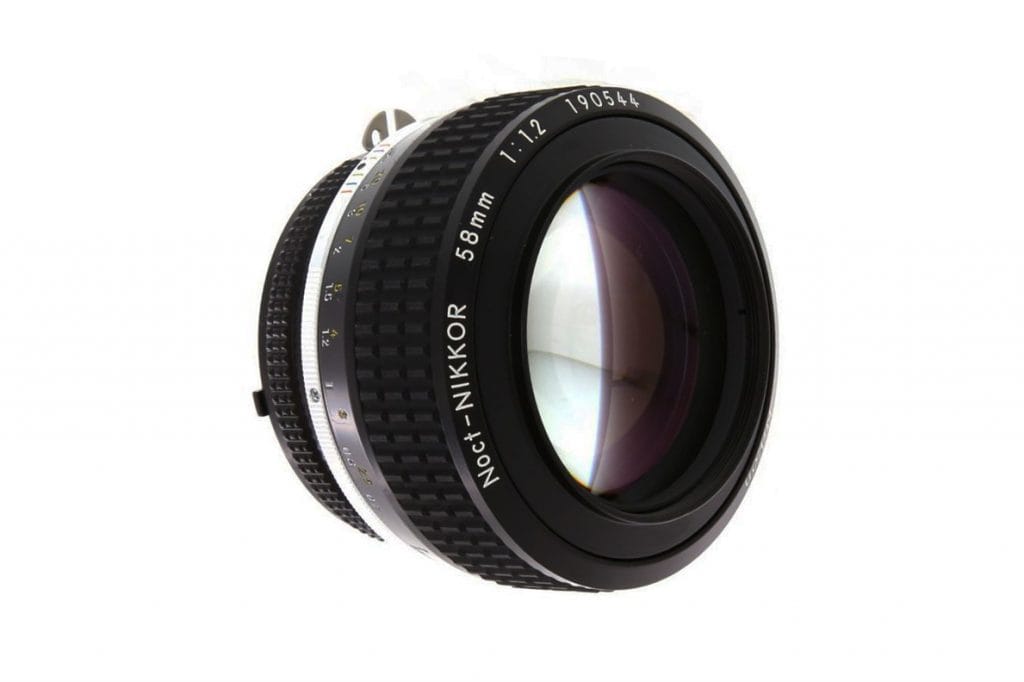
Nikon ‘Noct’ 58mm f/1.2 AIS Manual Lens
Okay, this one is admittedly kind of a cop-out. Nikon does make a 58mm Noct lens for their mirrorless Z system, but you’ll need arms like the Incredible Hulk to shoot with it all day. The mirrorless design’s f/0.95 aperture looks great on paper but makes shooting a moving target nearly impossible with a razor-thin depth of field and a weight of nearly 4.5 pounds.
This F-mount version is much more manageable, looking barely larger and feeling barely heavier than a 50mm f/1.8. It’s sharp, fast, and contrasty, featuring an aspherical design that renders points of light as points, not amorphous blobs. Also worth noting is that this lens can be used for both your Nikon DSLRs and film SLRs as well.
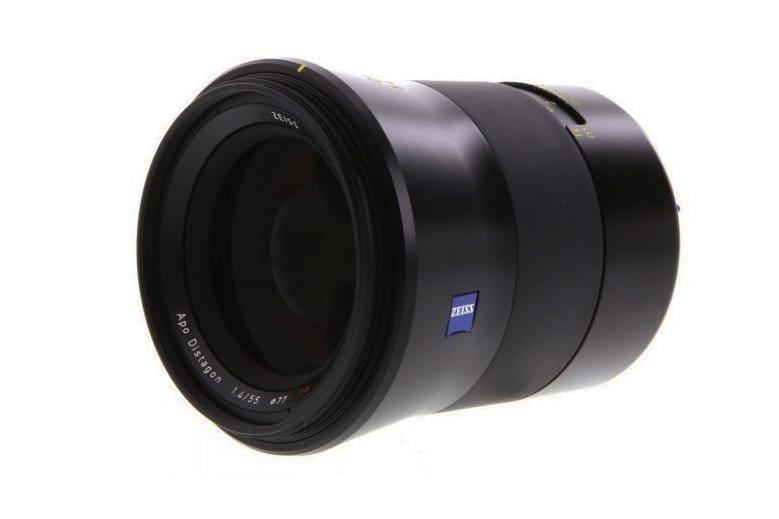
Carl Zeiss Distagon T* Otus 55mm f/1.4 ZF.2
Taking another spot on our list, the Zeiss Distagon Otus 55mm f/1.4 is a mouthful to say, and a beast when it comes to imaging. Holding strong in second place for DXOMark’s highest score of any lens for a combination of sharpness, resolution, color rendition and lack of distortion, it’s hard to argue that the Otus 55mm is one of the best lenses ever made for DSLR cameras. The top spot is currently held by Sigma’s 85mm f/1.4 DG ART lens.
The other lenses in the Zeiss Otus lineup are no slouches, either. Their 85mm f/1.4 is also in the top three highest overall scores. Picking up a few lenses in the Otus line can provide your DSLR with superb clarity, the famed ‘Zeiss look’ and consistent rendering of colors across your entire kit.
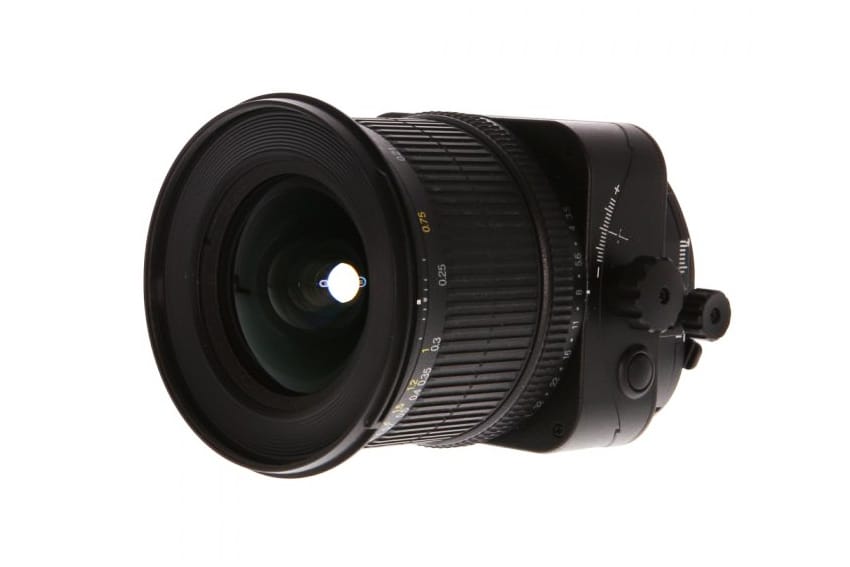
Nikkor 24mm f/3.5 D PC-E Tilt Shift Lens
While the mirrorless lens market gets more populated as these cameras start becoming more popular, it’s easy to see that there are still some gaps in lens availability. As of the publication of this article, there aren’t any tilt-shift lenses being produced specifically for mirrorless cameras, leaving architecture photographers having to look for special adapters.
This lens from Nikon allows you to correct perspective and straighten out any converging lines in your real estate shots. Unlike some of the wider tilt-shift lenses, this one allows the addition of 77mm screw-on filters and a lens hood to protect that front element.
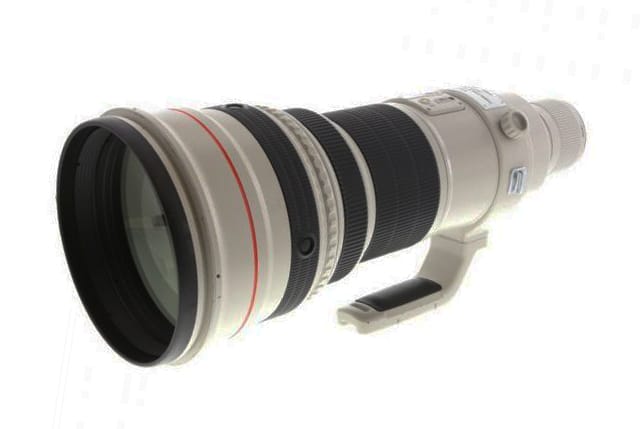
Canon 600mm f/4 L IS USM EF-Mount
Another area lacking in options for mirrorless is the supertelephoto world. While Canon does have the RF 600mm f/11 and 800mm f/11 available for their mirrorless cameras, their optics and apertures don’t come close to the L-series predecessors. Adored by both sideline sports photographers and nature documentarians, this off-white wonder will give you the option to shoot in situations other than bright, direct sunlight.
If you’re looking for other supertelephoto options for your DLSR, look into the Sony 500mm f/4 for Alpha mount, the Sigma 300-800 f/5.6 or the Nikon 800mm f/5.6 with teleconverter to give you a stunning 1000mm reach.
Over time, these top-shelf SLR lenses may be supplanted with equally-awesome mirrorless equivalents. Those new lenses will probably also carry sky-high premium price tags, while these DSLR lenses will still be more affordable than ever. The best news is that the classic lenses will still be able to be adapted for use with the newer cameras.
We’ll be carrying them all, both classic and new. All the gear. Every year. Only here.

